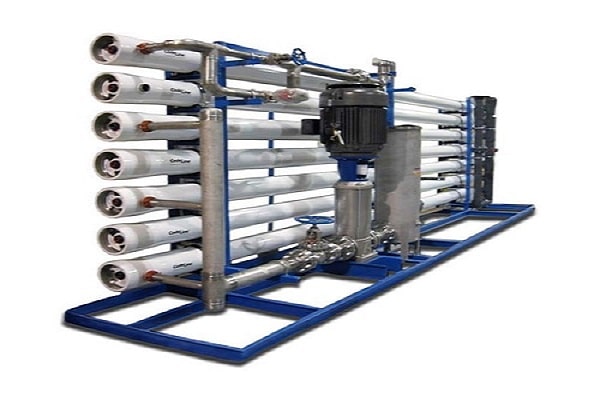The scientific concept of reverse osmosis is based on the principles of mass transfer phenomenon. The difference in concentration is also the driving force of mass transfer between two streams with different concentrations. Understanding the phenomenon of reverse osmosis requires understanding the phenomenon of mass transfer based on osmotic pressure between two streams with different concentrations.
Reverse Osmosis
The osmosis process was first discovered in 1748 by Jean-Antoine Nolt, a French priest and physicist. In his experiments, Nolt used a pig bladder as a membrane to show that lower-solvent molecules could flow to higher-solute molecules through the bladder wall.
Thus, he became the first to show the process by which a solvent could pass through the osmotic pressure process through the permeable membrane method. In 1959, two researchers succeeded in producing an effective membrane that could be used in the reverse osmosis desalination process.

In order to force the flow to penetrate the reverse osmosis membrane, apply pressure to a portion of water containing higher solutes so that only water molecules pass through the filter. By design, reverse osmosis process membranes are capable of separating soluble salts and reducing the total amount of water-soluble solids. High durability and the possibility of application in pressure are important features of the membrane used in the reverse osmosis process, which has played an important role in the development of this process.

Today, reverse osmosis technology is used in a variety of applications other than water purification. Large reverse osmosis processing plants also supply much of the treated water used by some cities and even small countries. While few people know about the history of reverse osmosis, this technology is one of the most widely used and important scientific achievements in human history.
Among desalination technologies, reverse osmosis is the cheapest technology and is available in different sizes in the market. Electricity consuming equipment of this unit includes desalination unit, pumping seawater or saline water from wells, electricity consumption of sub-units such as dosing pump and electricity consumption of washing pump and pumping purified water to the place of consumption. According to the manufacturers of reverse osmosis devices, the power required to produce 5 cubic meters of fresh water per day is about 1.8 kW. On the other hand, the daily electricity consumption of this amount of water production will be about 45 kWh.
Resource : faran company
